Let’s face it, even though phones continue to get faster and companies continue to cram even more tech into people’s pocket computers, you wouldn’t be wrong if you said smartphones have gotten a little boring to the casual consumer. Much of the time, it seems people are much more concerned with making sure there’s a little fruit logo on the back of their handset or a small green robot man running things on the inside.
This comes in spite of the fact smartphones are more important than ever, serving not just as a means of communication, but as tools you use to rather receive software updates for the device they already own instead getting a brand new phone. But I think that’s bullshit. Instead, the blame should go on smartphone makers, whose collective greatest achievements in 2017 was making bezels a little bit smaller, then screwing them up with notches, and pushing us one step closer to killing the headphone jack for real.
That said, out of all the phones that came out this year, it was Samsung’s Galaxy S8 that did the whole tiny bezel thing the best. It’s sleek, it’s balanced, and it boasts one of the highest screen-to-body ratios outside of gorgeous but compromised devices like the Xiaomi Mi Mix 2. Even when compared to the overhyped new iPhone X, the S8 feels like a soccer cleat or a pointe shoe when compared to Apple’s weighty steel-clad work boot.
As for the headphone jack, what was once a singularly greedy and consumer unfriendly move by Apple to sell more dongles and Lightning jack licenses, has become a regular offence now that HTC, and others have joined in. And every company from Apple to Samsung failed to make to displays with built-in fingerprint sensors a thing we can actually buy.
So what’s slated for 2018 that could bring a little excitement back to smartphones?
AI
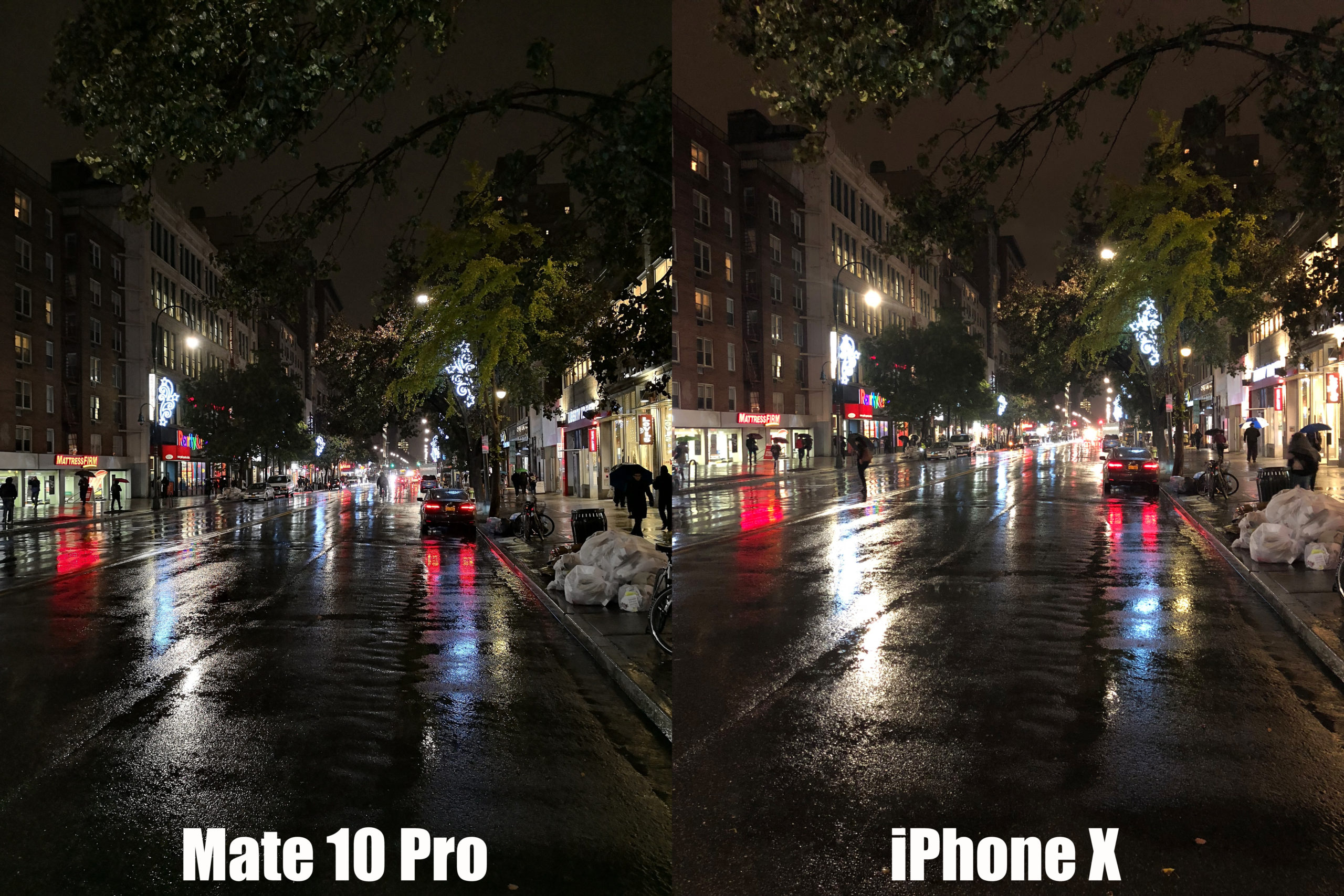
Look how much better the Mate 10 Pro’s picture looks compared to the iPhone X. The difference is Huawei’s AI-powered photo tuning. (Image: Sam Rutherford/Gizmodo)
If you spent any time listening to tech CEOs vamp in 2017, you would have heard them drone on endlessly about the potential of machine learning and AI. Now it’s true, AI isn’t particularly new, as it’s already a big part of things like the ever-increasing number of digital assistants and apps like Google Lens, but that’s just a start because 2018 will be about how smartphone companies think up ways to incorporate AI into even more applications. Huawei has already given us a taste of this with the Mate 10 Pro, which uses image recognition and a dedicated NPU (neural processing unit) to automatically adjust camera settings and enhance your photos. But this is just the beginning, as Huawei, among others are trying to leverage machine learning to improve things like real-time translation, better content suggestions, and more.
AR
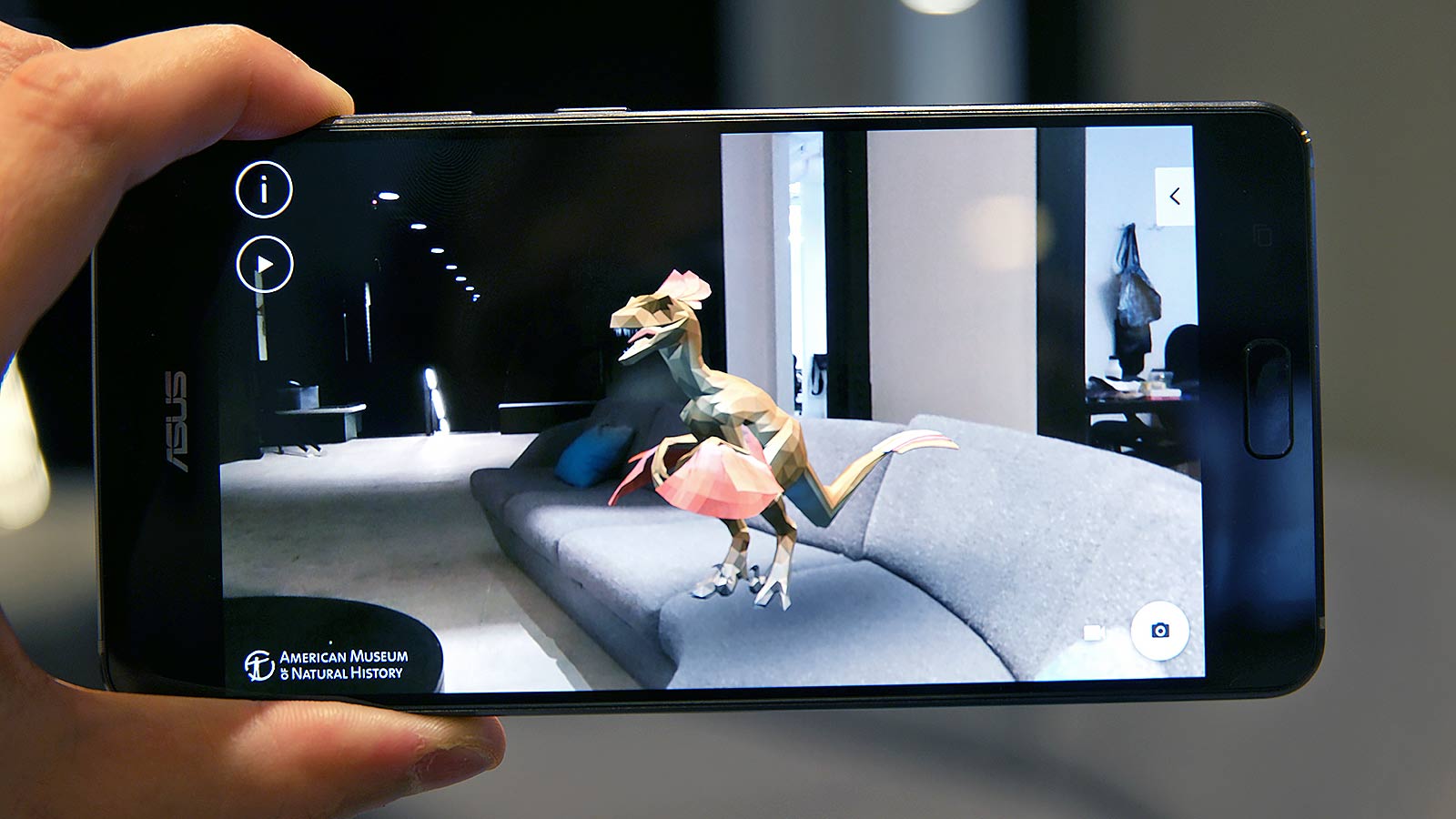
Phones part of Google’s Tango AR platform like the ZenFone AR always had potential, but never had the install base to push things further.
One of the biggest tech flops in recent memory has been Google’s Tango AR project. While the idea and the tech behind it was sound, the rigid hardware requirements and lack of support ensured the platform never got off the ground. So now we’re seeing a second wave of AR integration in the form of ARKit in iOS and ARCore in Android Oreo. This time, instead of needing multiple cameras and special depth sensors, both of these systems traded in precision and accuracy in return for letting them function via the normal camera on the backs of regular phones. This has brought the potential user base up from a handful of mediocre devices to millions, which means it’s only a matter of time until we see the Pokemon Go of AR come and convince people they should care about augmented reality.
3D Face Scanning
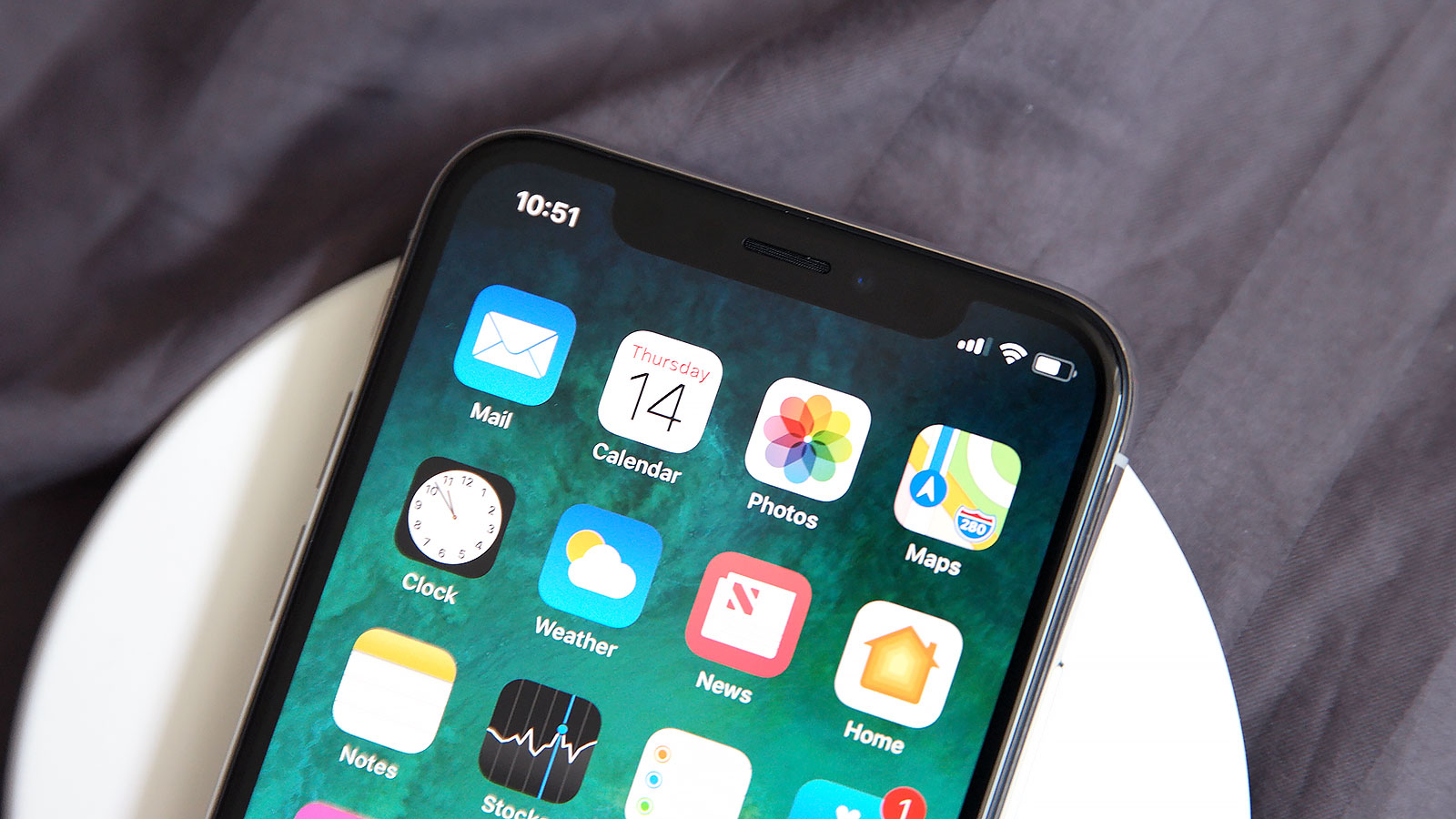
3D depth scanning and facial recognition tech will be coming to a lot more phones in 2018. (Image: Sam Rutherford/Gizmodo)
Unlike a lot of Apple “firsts,” the company’s 3D face scanning True Depth camera really is a pioneering move past the traditional fingerprint sensors that come on pretty much every phone nowadays. But they won’t be the only ones with this tech for long, as Qualcomm has also already demoed its own setup for precise facial scanning. That means it’s almost sure to make its way onto a number of flagship Android phones sometime next year. And that’s going to be critical because even with Apple pushing it as hard as it can, the most innovative thing the folks in Cupertino have gotten out of the TrueDepth camera to do is animate piles of poo based on your expressions.
USB-C
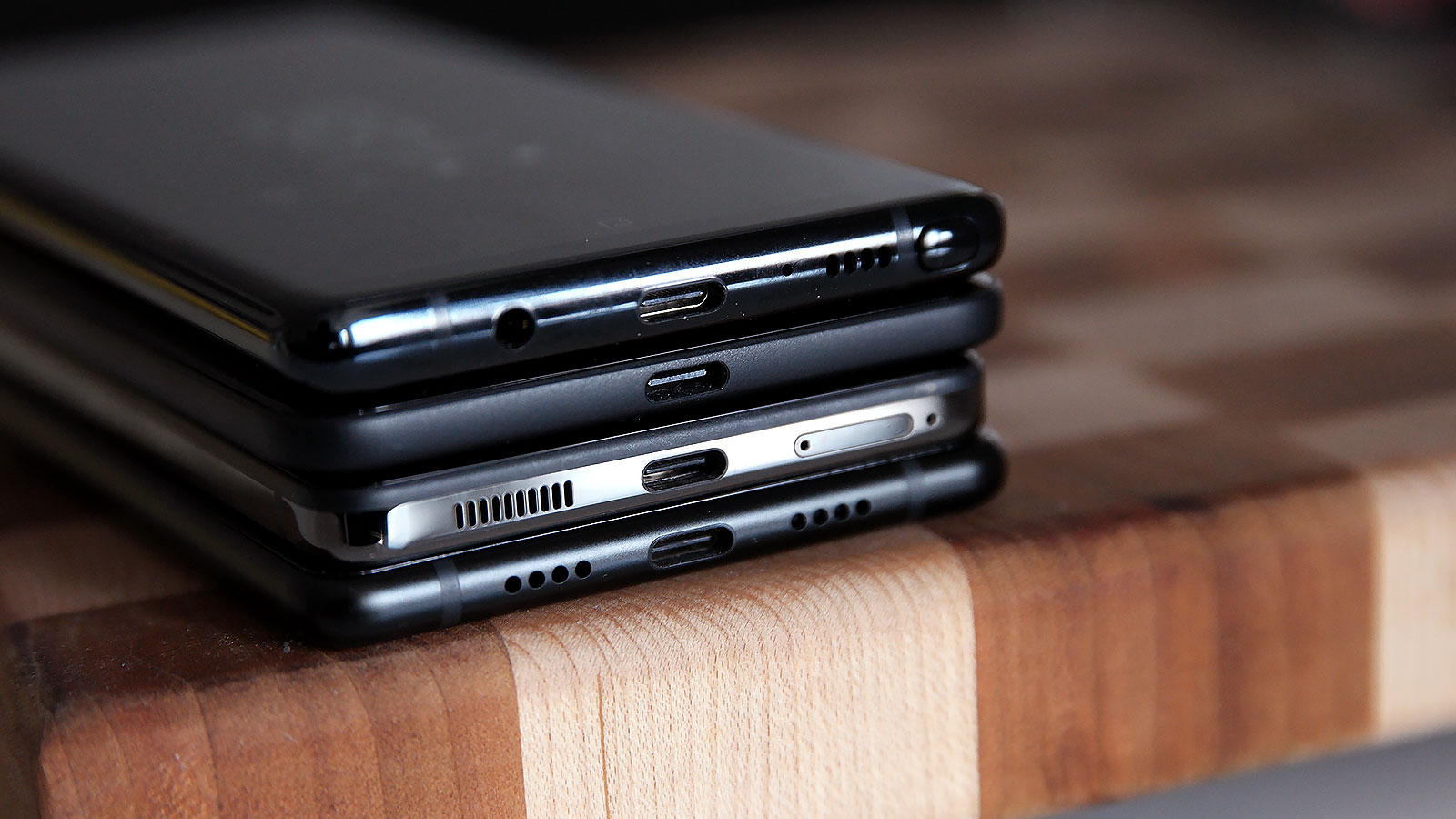
Now that the USB-C train is finally rolling, it’s time to put that port to use better. (Image: Sam Rutherford/Gizmodo)
While other devices continue to lag behind, at least for phones, 2017 was the a clear transition year as companies ditched the frustrating micro USB ports of old and replaced them with simple, more elegant USB-C connections. Even Apple partially hopped on the bandwagon as it equipped all of its laptops with USB-C (to the exclusion of everything else) and used USB-C to help charge iPhone’s way faster than the feeble USB Type-A chargers that come included in the box. But there are still a number of budget and mid-range phones that have resisted this change, and that needs to end in 2018. On top of that, smartphone makers really need to do more with USB-C if they want to truly live up to the port’s full capabilities.
Making true Bluetooth earbuds not suck

Apple showed the masses it was possible to make good true wireless earbuds, now companies need to figure out how to make them more affordable. (Photo: Christina Warren/Gizmodo)
Along with the inevitable death of the headphone jack, the wider availability of Bluetooth 5.0 and iterative improvements to pairing and headphone design means that 2018 could be the year when true wireless earbuds finally become cheap and good enough for everyone to care about. Right now, the only models worth a damn are Apple’s $US160 ($209) AirPods, which don’t work quite as well when paired to Android phones, or premium buds like Sony’s $US200 ($261) WF-1000X or Bose’s $US250 ($326) SoundSport Free. If smartphone makers really want to make the transition to wireless audio better, there needs to be more options priced around $US100 ($130) or less.
Another attempt at turning phones into laptops
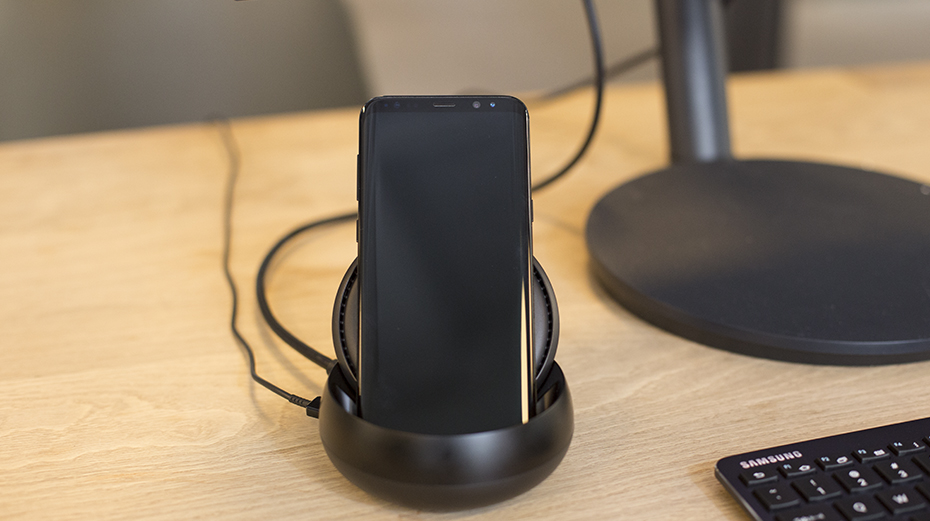
Samsung’s DeX Station came close to letting your phone serve as a decent desktop, it just needed a little refinement. {Image: Michael Nunez/Gizmodo)
Not to be confused with laptops powered by mobile chips, companies like Samsung and Huawei are going to continue playing with letting your phone pull double duty as a primary productivity device. Rumours are already swirling that the Galaxy S9 will come standard with a comprehensive desktop dock, and if my experiences with the Dex are any indication, it’s possible the industry could finally make good on past flops like the Motorola Atrix and Microsoft’s now abandoned Continuum tech.
